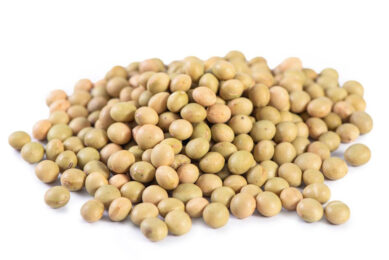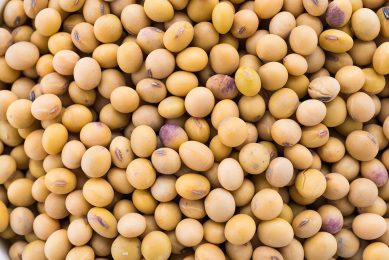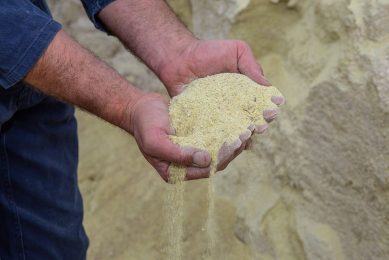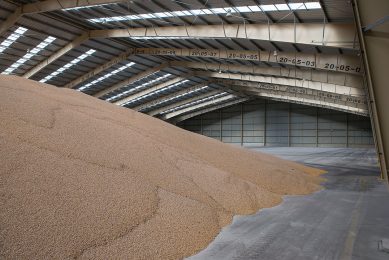Record: Brazil produces 100 million mt soybeans
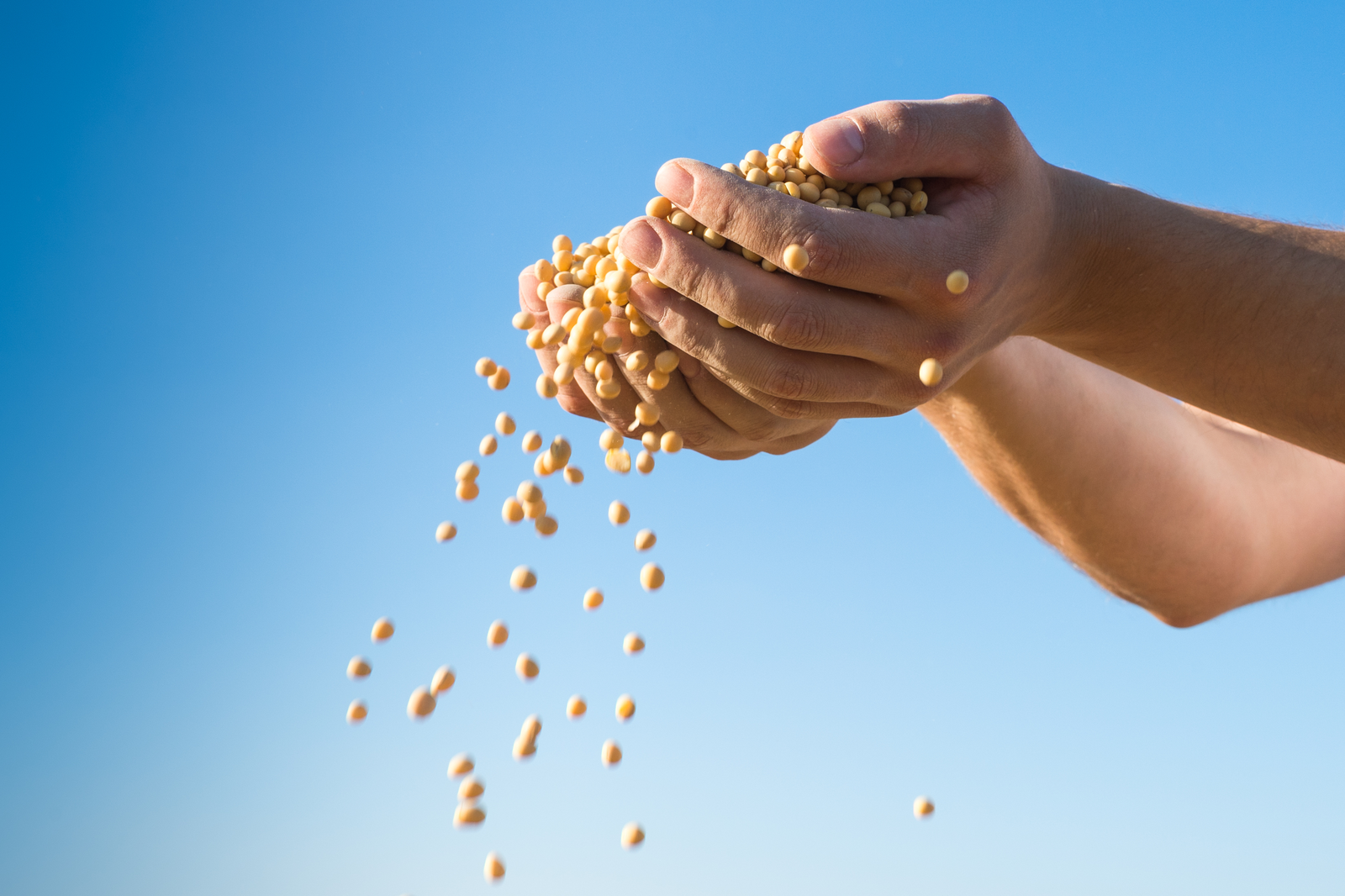
USDA forecasts Brazil’s 2015/16 soybean production at a record 100.0 million metric tons, up 3.0 million tons from last month and up 3.8 million tons from last year’s revised estimate.
This was stated in the World Agricultural Report, released by USDA last Friday. Harvested area is forecast to increase by 0.8 million hectares to a record 33.3 million hectares, up 1.2 million hectares from last year. Yield is forecast at 3.00 tons per hectare, slightly above the 5-year average. Brazil’s 2015/16 soybean area is expected to increase 3.7 percent this year. Although, its soybean area has increased over the last nine consecutive years, this year’s increase is the smallest since 2011/12.
Weak Brazilian Real
Despite lower global soybean prices, the weak Brazilian Real results in higher domestic prices and is encouraging farmers to increase area. The Real has devalued by about 35 percent against the U.S. dollar since the beginning of 2015. The cost of production for Brazil’s soybeans has risen but producers purchased the majority of their inputs when the exchange rate was lower. Soybean area is increasing across Brazil, but each region has specific drivers. Traditional areas (southern states) are expected to increase soybean area because the relative profitability of soybean is high compared to first-season corn and to first-season cotton. Center-West states are forecast to continue expansion due to conversion from pasture. The Maranhao-Piaui-Tocantins (MaPiTo) frontier region has put expansion plans on hold due to the current economic downturn; already cleared land, however, will be planted to soybeans.
Traditional soy areas
Brazil’s soybean yield is forecast at 3.00 tons per hectare, unchanged from 2014/15. Yields at the national level are relatively stable. Traditional soybean growing areas (which account for 44 percent of production) have volatile soybean yields due to the influence of droughts. CenterWest areas (47 percent) have a more stable climate and relatively stable yields. MaPiTo areas (7 percent) suffer from droughts and have volatile yields too. One cautionary point about yields is fungicides for control of soybean rust are imported and thus expensive. Farmers may choose to apply inputs more conservatively in certain areas to save on costs. 2 Foreign Agricultural Service/USDA October 2015 Office of Global Analysis Planting of Brazil’s 2015/16 soybean crop began in mid-September 2015 and the main harvest months are February and March.
Source: USDA




